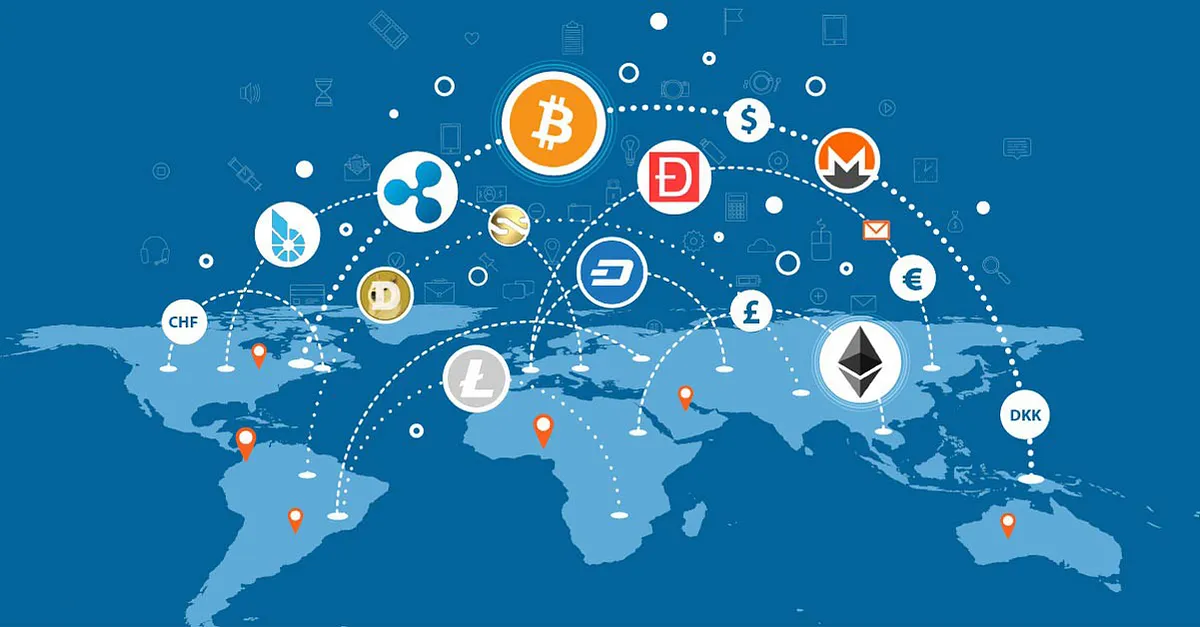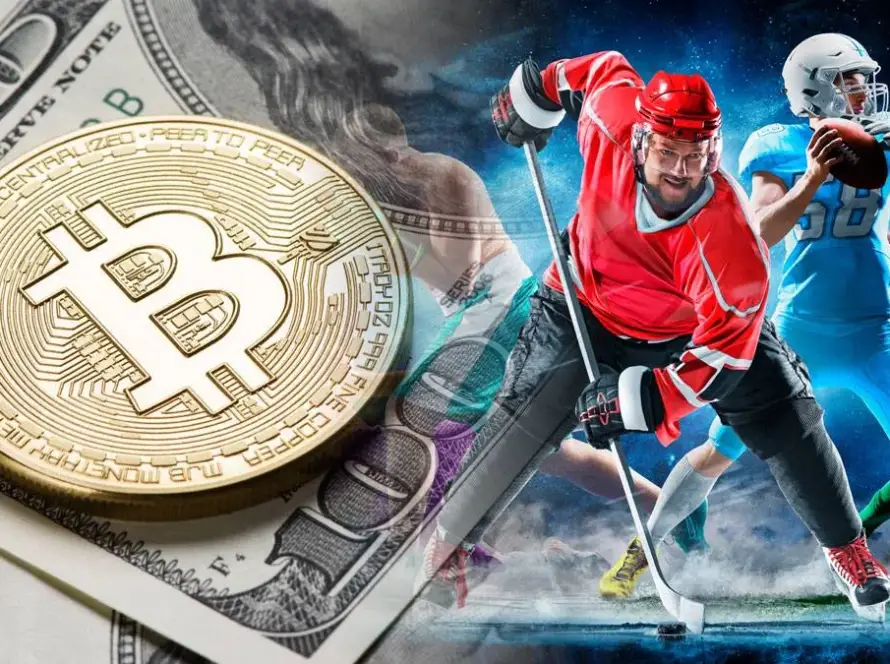By Marco Rossi – Fan Culture & Sponsorship Writer
Ultras in a Digital Age
Ultras are football’s most passionate, traditional fans. They wave flags, light flares, and fill stands with noise. But in 2025, even ultras are being touched by digital culture. Some groups are experimenting with crypto tools as part of their identity.
How It’s Happening
Supporter groups in Italy and Eastern Europe have:
- Minted NFT tifos (digital banners) tied to famous matches.
- Launched crypto fundraising wallets to finance away trips or displays.
- Created token-based memberships for hardcore fans.
For some ultras, blockchain is just another tool to strengthen solidarity.
Fans’ Reactions
Inside ultra groups, opinions differ. Younger members push digital tools; older ones see them as selling out. “We don’t need tokens to prove loyalty,” one German capo argued.
Still, for global fans following ultras online, tokenized banners or chants feel like a way to participate remotely.
Clubs’ Perspective
Clubs tread carefully. Ultras are powerful, and aligning too closely with their crypto experiments risks controversy. But clubs also recognize the potential for safer, traceable fundraising, reducing concerns about cash misuse.
Risks and Controversies
- Commercialization: Ultras risk diluting authenticity by adopting tools linked to club sponsors.
- Division: Digital projects may split groups between tech-savvy fans and traditionalists.
- Surveillance: Blockchain transparency could make ultras feel monitored, clashing with their underground ethos.
Global Contrast
In South America, some barras bravas embraced tokenized fan clubs, raising money through crypto with little backlash. In Europe, resistance is stronger where tradition runs deeper and commercialization is viewed with suspicion.
Final Whistle
Crypto ultras show how blockchain touches even football’s most traditional corners. Whether it strengthens solidarity or sparks division, one thing is clear: the terraces are no longer immune to digital change.




